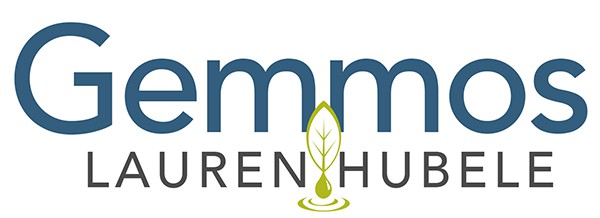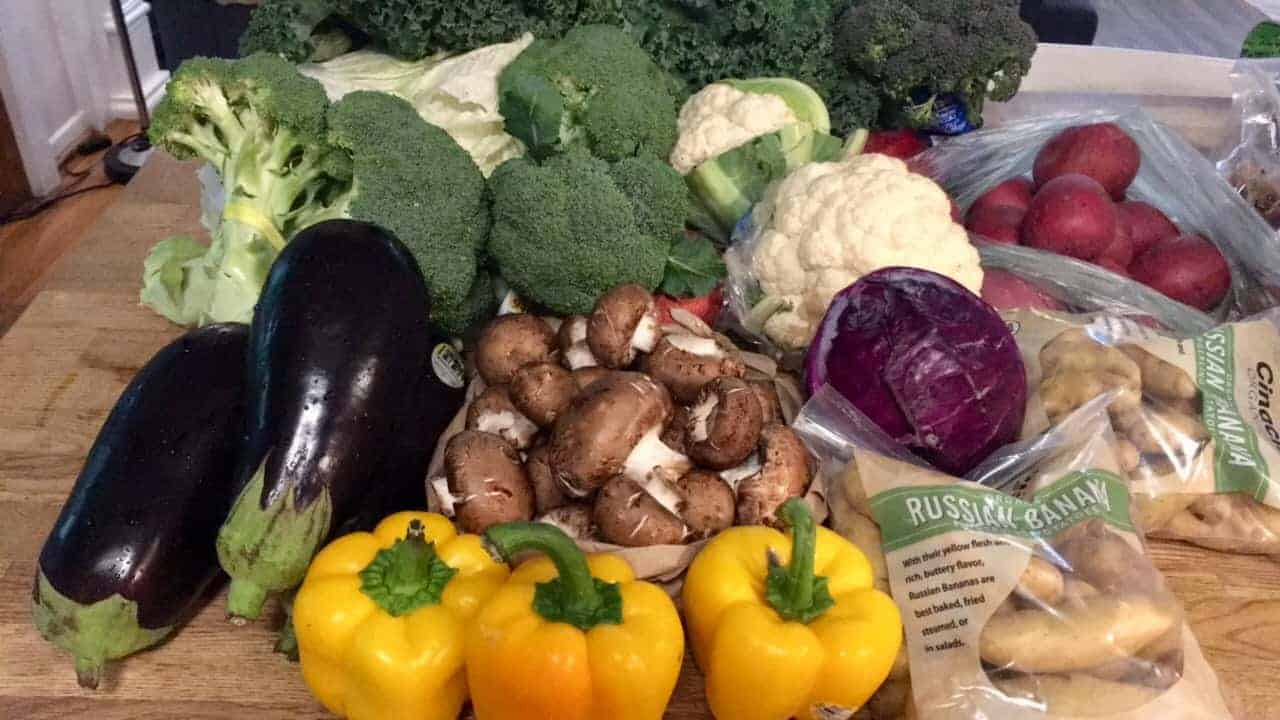Posts Tagged ‘Plant-based diet’
Plant Based Eating on the Go I: Packable Snacks
Traveling and maintaining a Plant Based Diet does take some prior planning but, once you get the knack of it, you should experience smooth sailing. Being on the road for a month each summer in Europe along with this past year of monthly stateside business travel has certainly helped hone my skills and allowed me…
Read MoreThe Living Well Series: Plant-Based Eating—Salads 101
In my practice I prescribe a Plant-Based Diet as part of the Living Well 4™, a four stage healing process that integrates the three therapies of Gemmotherapy, Homeopathy, and a Plant-Based Diet. The past four weeks my posts have highlighted each of the four stages in healing and the general protocols used. In the next…
Read MoreGemmotherapy Answers: Why Go Plant-Based?
Wouldn’t you like this to be the year that you resolved your seasonal allergies? Or possibly it’s that painful menses that gets in your way each month or chronic headaches? Whatever the symptom, the very reason you struggle with it is because the organs and systems designed to resolve it are not functioning at…
Read More
